Results
-
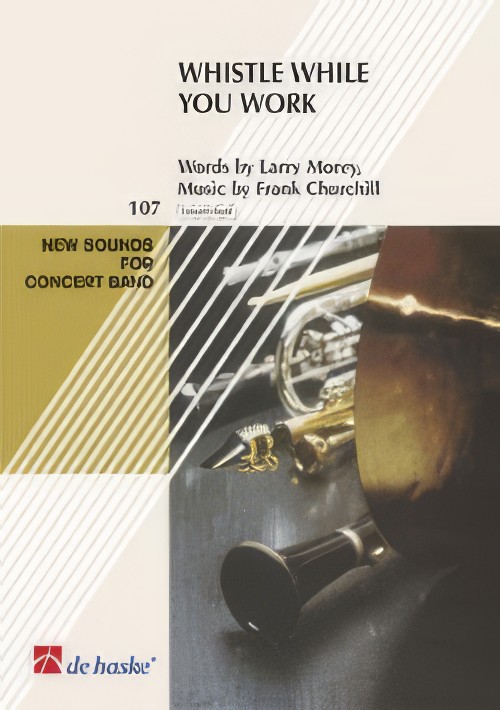 £104.99
£104.99Whistle While You Work (Concert Band - Score and Parts) - Churchill & Morey - Mashima, Toshio
The 1937 Walt Disney-film Snow White and the Seven Dwarfs has fascinated and touched many generations with its unforgettable fairy tale figures. The timeless music is also captivating with the catchy song Whistle While You Work being a song know by young and old alike throughout the world. This version for concert band will ensure your audience leave the concert hall with a spring in their step!Duration: 4:15
Estimated dispatch 7-14 working days
-
 £51.95
£51.95Children of the World (Concert Band - Score and Parts) - Barnes & Smith - Smith, Robert W.
Inspired by the creation of this moving song written especially for the Expressions Music Curriculum, Robert W. Smith has created the most dynamic full pyramid concert. There are optional string parts as well as an optional children's choir. The concert band serves as the foundation for the programming of this work with the entire pyramid or any combination of the parts. Virtually any wind player can perform the solo in the absence of the choir. Just read the words, a spectacular closer for any program. Duration: 3.15
Estimated dispatch 7-14 working days
-
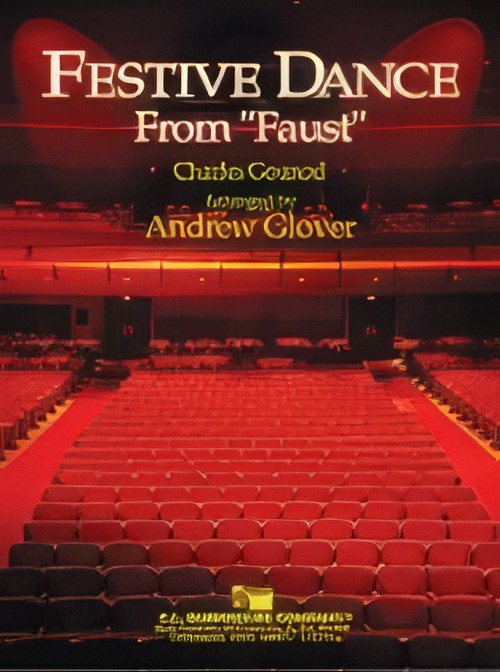 £68.00
£68.00Festive Dance (from Faust) (Concert Band - Score and Parts) - Gounod, Charles - Glover, Andrew
Here's a thrilling tour-de-force showpiece for mature bands! This stunning work from the French ballet suite has been skilfully arranged for concert band by Andrew Glover to retain the excitement and colour of the original orchestral work. Fast-paced dance segments are interspersed with beautiful lyric sections, culminating with a hair-raising presto that will electrify performers and audiences. Excellent for festival/contest use as well as many concert situations, including community and adult bands. Breath-taking Music!Duration: 3.15
Estimated dispatch 7-14 working days
-
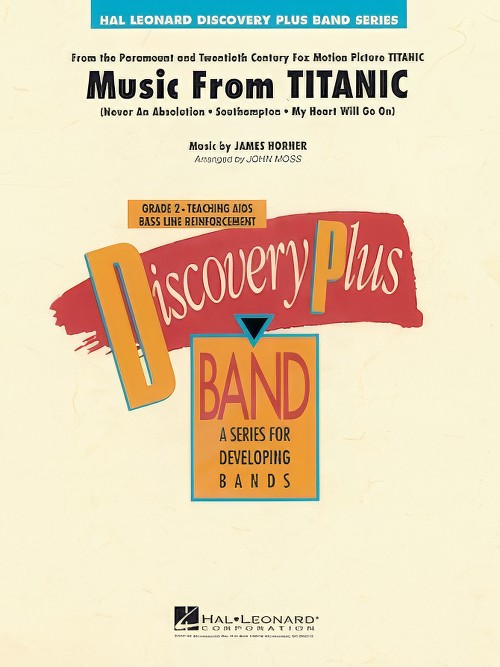 £57.50
£57.50Titanic, Music from (Concert Band - Score and Parts) - Horner, James - Moss, John
John Moss has done a marvelous job in bringing the highlights of this blockbuster film to the concert stage for concert band with this practical, well-paced collage. His medley includes the sensitive film opening, Never An Absolution, the energetic Southampton, and closes with the mega-hit love theme, My Heart Will Go On.
Estimated dispatch 7-14 working days
-
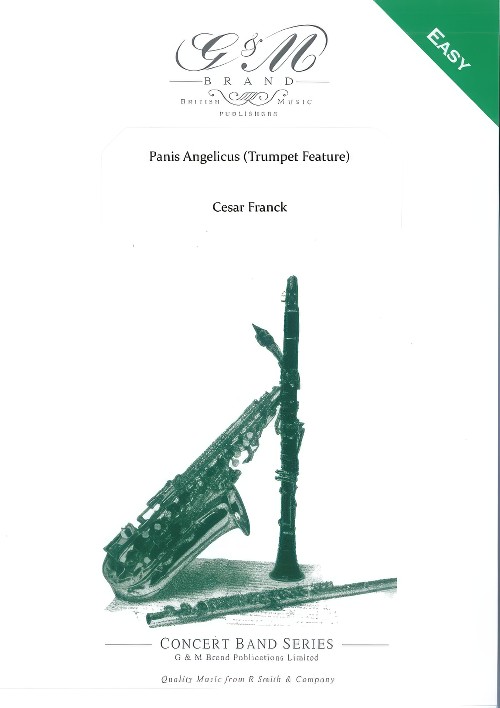 £49.95
£49.95Panis Angelicus (Trumpet Solo) (Concert Band - Score and Parts) - Franck, Cesar - McDermott, Michael
Written in 1871, Panis Angelicus was originally scored for tenor voice, organ, harp, cello and double bass. Over the years it has been heard in many versions. this arrangement by McDermott, Michael for solo trumpet and concert band, retains the dignity and reflective nature of the music, providing a concert item to grace many occasions.
Estimated dispatch 7-14 working days
-
 £9.95
£9.95Panis Angelicus (Trumpet Solo) (Concert Band - Score Only) - Franck, Cesar - McDermott, Michael
Written in 1871, Panis Angelicus was originally scored for tenor voice, organ, harp, cello and double bass. Over the years it has been heard in many versions. this arrangement by McDermott, Michael for solo trumpet and concert band, retains the dignity and reflective nature of the music, providing a concert item to grace many occasions.
Estimated dispatch 7-14 working days
-
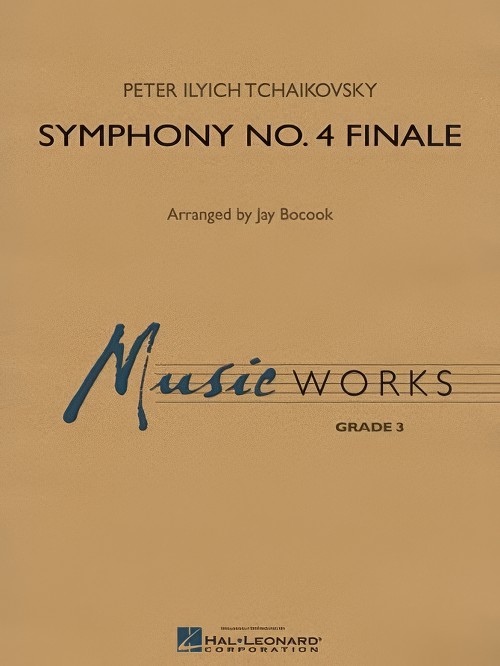 £64.99
£64.99Symphony No.4 Finale (Concert Band - Score and Parts) - Tchaikovsky, Peter Ilyich - Bocook, Jay
Jay Bocook's transciptions of classical literature have become top sellers and appear on many state lists, due to his unique skill of adapting symphonic orchestral literature for younger bands. This movement has long been a concert stage favorite and Jay's version is right on target for concert band. Expose your players to great music with an arrangement they can play with confidence.
Estimated dispatch 7-14 working days
-
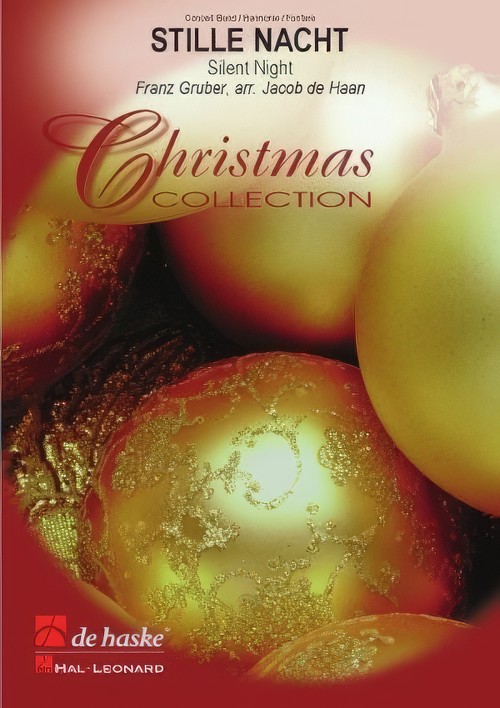 £84.99
£84.99Stille Nacht (Silent Night) (Concert Band with Optional Male Voice Choir - Score and Parts) - Gruber, Franz - De Haan, Jacob
Jacob de Haan wrote this arrangement for concert band, fanfare band and brass band and optional male voice choir. The original carol was written by the Austrian composer and organist Franz Gruber (1787-1863). He was asked to write Silent Night on the 24th of December 1818 by the priest of the Church of St. Nicolas in Oberndorf, who had himself written the text. It is a romantic carol, with nuances of contemporary Austrian folk and Italian pastorale music.Duration: 4:45
Estimated dispatch 7-14 working days
-
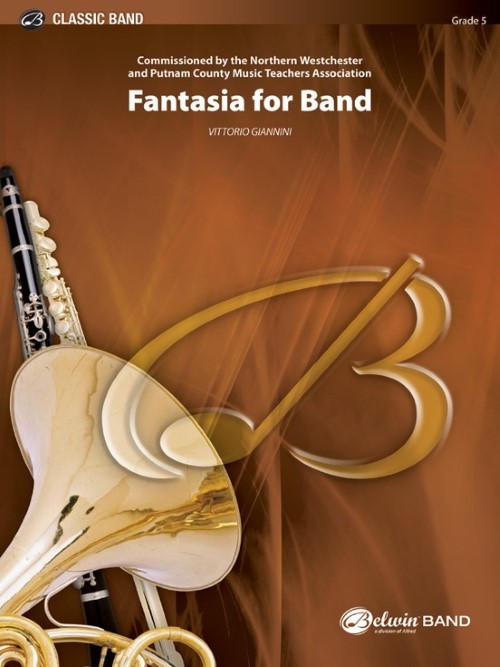 £92.50
£92.50Fantasia for Band (Concert Band - Score and Parts) - Giannini, Vittorio
Vittorio Gianinni had already distinguished himself by the time that this work was published as a composer of opera, chamber music, works for symphony orchestra and, of course, concert band. His five major compositions in the band medium rank as true classics; loved by conductors, performers, and audiences alike. Duration: 6.00
Estimated dispatch 7-14 working days
-
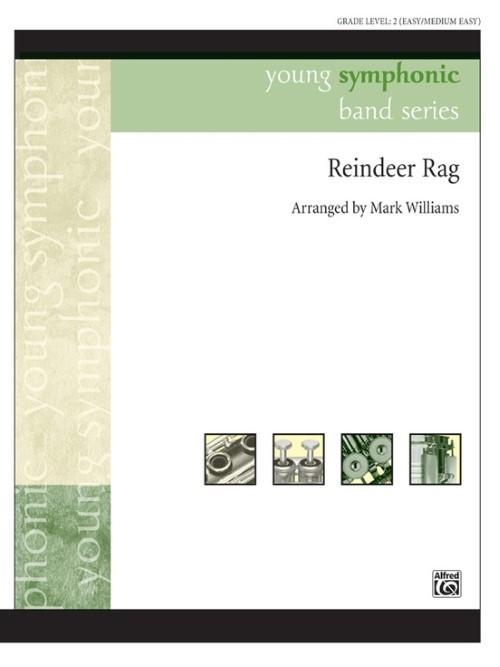 £53.95
£53.95Reindeer Rag (Concert Band - Score and Parts) - Williams, Mark
More over, Santa! When Rudolph decides to become an "Entertainer," the results are high-spirited hi-jinks and loads of fun for your concert band! Several favourite Christmas carols have been combined with music from Scott Joplin's The Entertainer and Maple Leaf Rag to create the hit of your next holiday concert. With the infectious good spirits of ragtime and the joy of this special season, Reindeer Rag is destined to become a crowd-pleasing classic!Duration: 2.45
Estimated dispatch 7-14 working days
